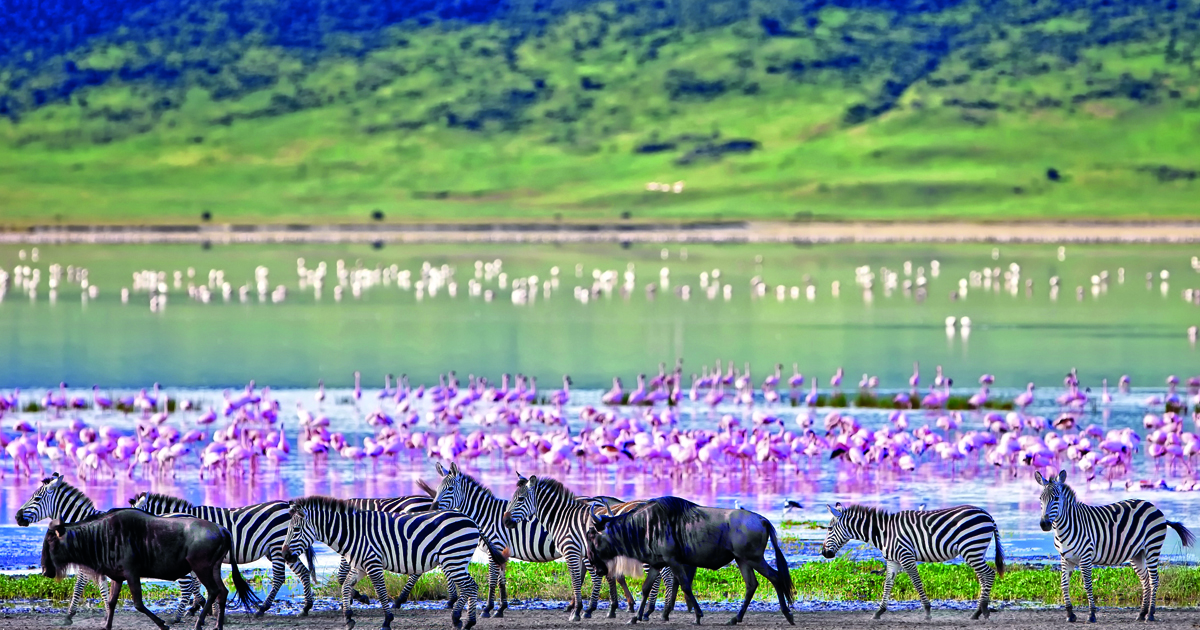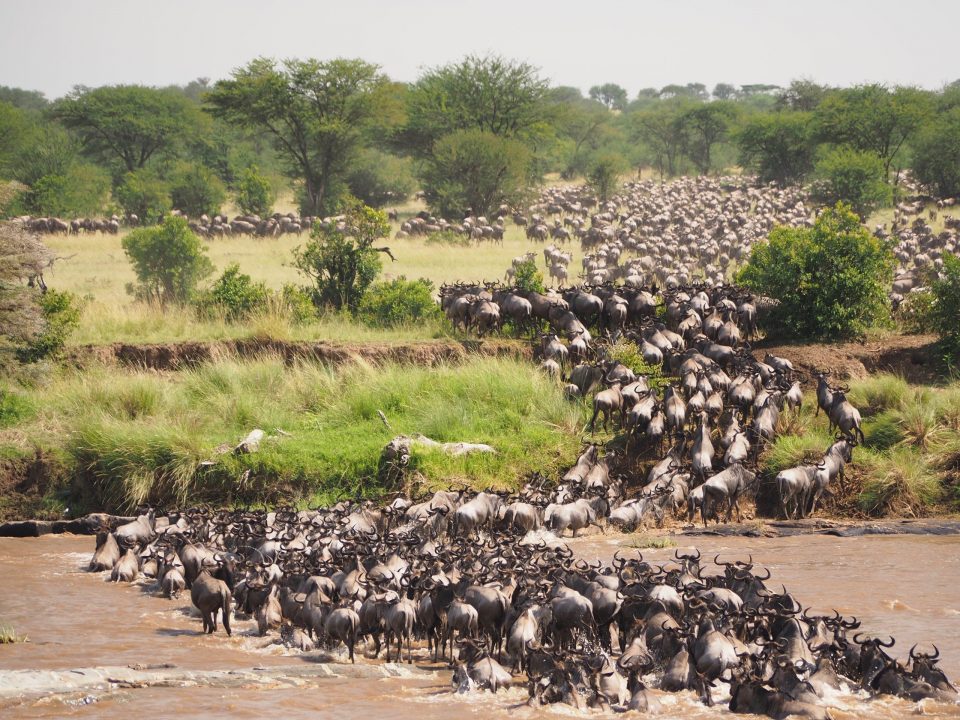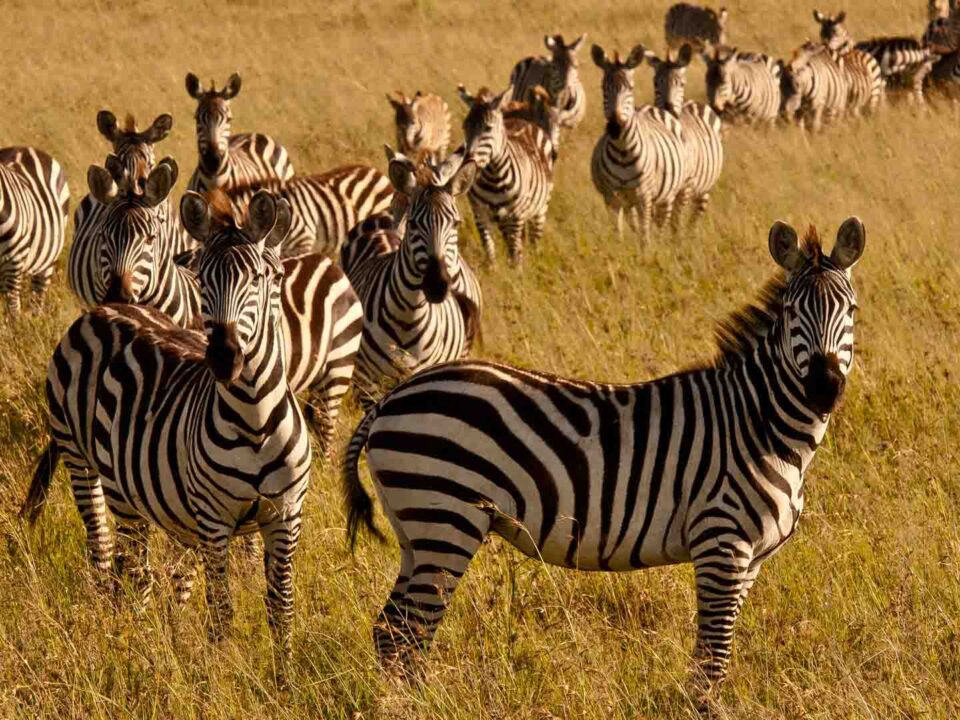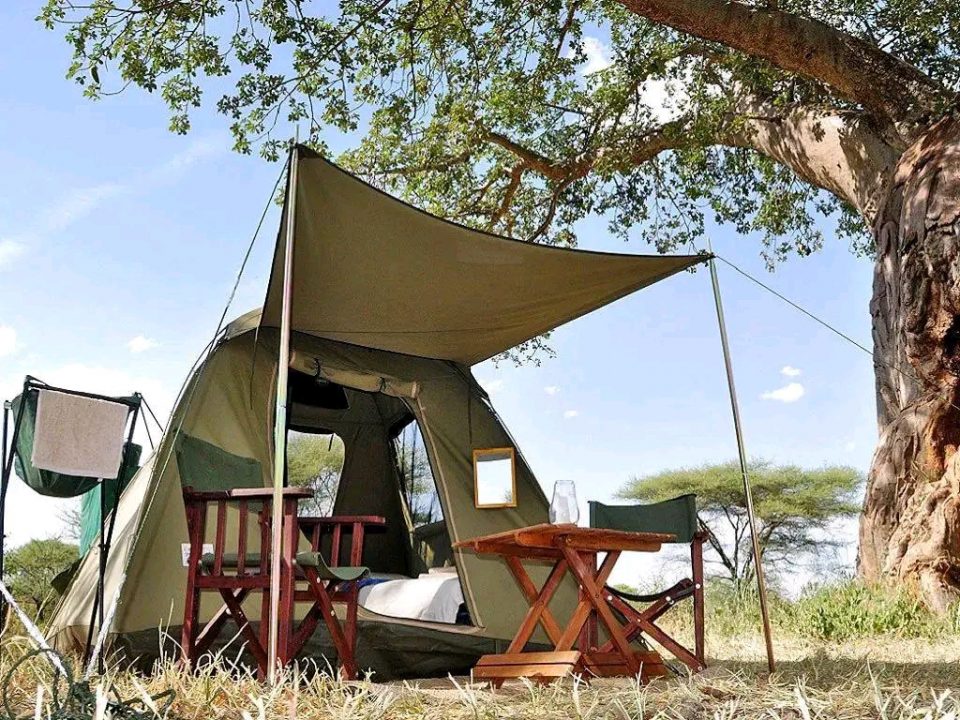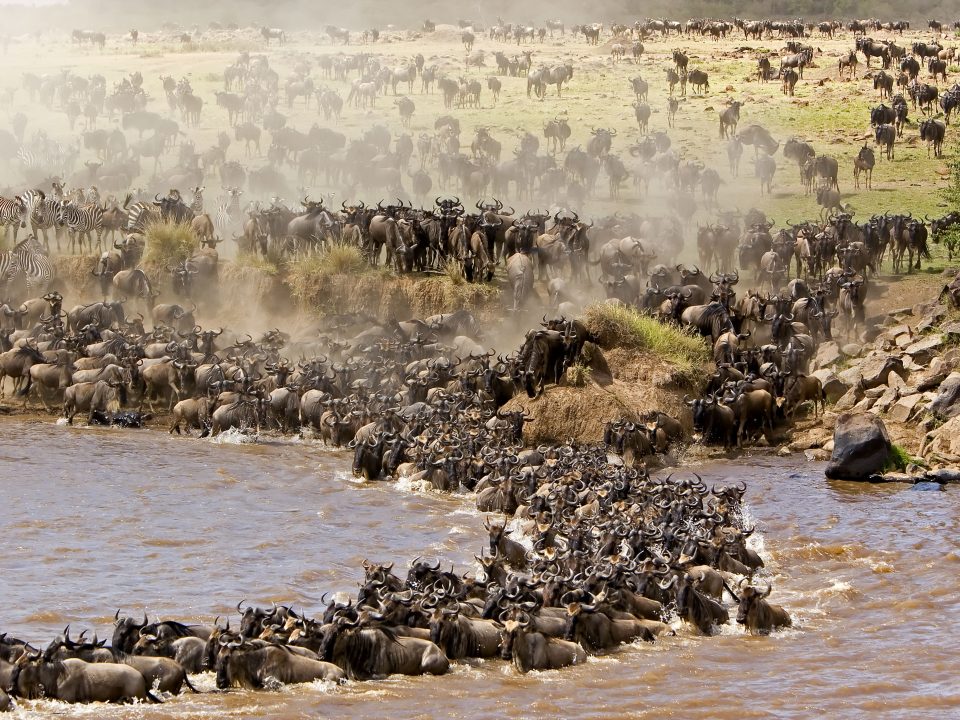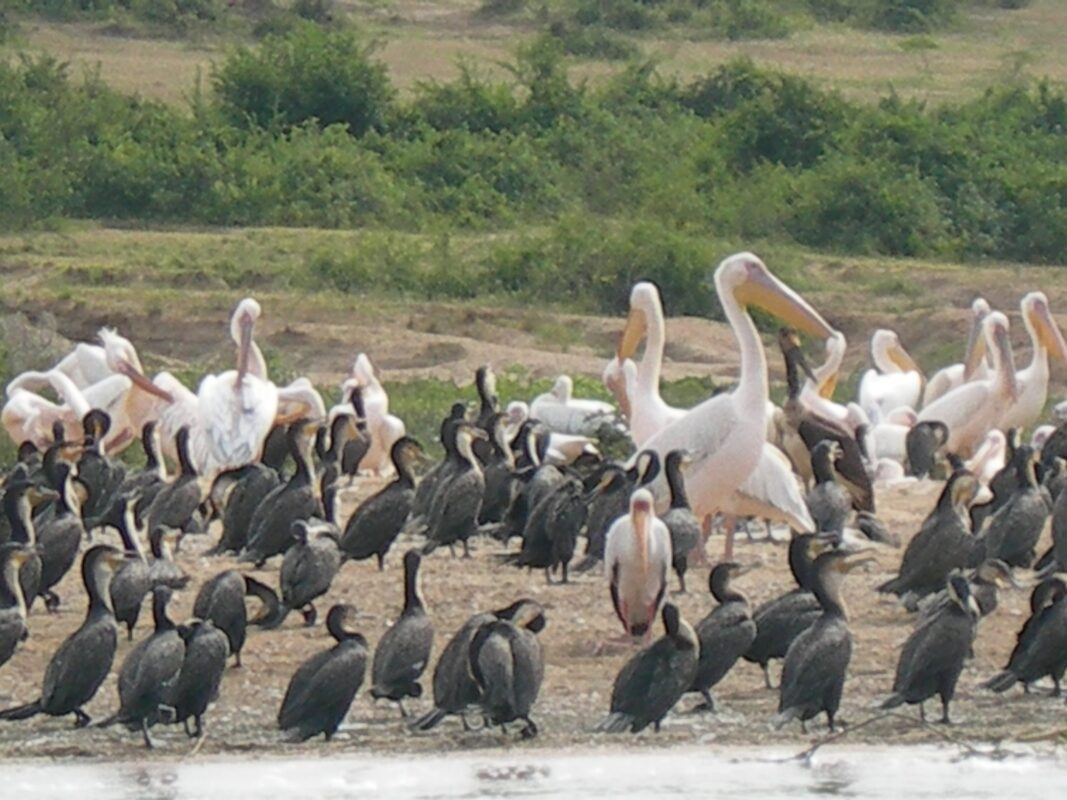
Best time for Bird Watching in Queen Elizabeth National Park
October 30, 2020
Hiking & Mountain Climbing in Uganda – Best hiking Trails
November 4, 2020Ngorongoro Crater Conservation Area Safari Tanzania
The Ngorongoro crater within the Ngorongoro Crater Conservation Area for Safari in Tanzania is one of the highly visited areas in Africa. This is the world’s largest inactive, unbroken and unfilled volcanic caldera formed when a large volcano erupted and collapsed on itself about 3 million years ago.
This is one of the most beautiful natural wildlife safari destinations in Africa exceptional for high-density wildlife viewing. Ngorongoro crater is classified as a UNESCO World Heritage Site.
Ngorongoro crater measures between 16 to 19 kilometers by diameter covering a total land area of 264 square kilometers (103 square miles). The rims of the crater are much raised to almost 2,000 feet (about 610 meters) above the crater floor.
Ngorongoro Crater is situated in the Northern part of Tanzania around the tourism region of Arusha. From the safari capital of Arusha, the crater lies about 120 km in the west. The crater can be accessed by road or air depending on the individual’s interest.
What is Unique about Ngorongoro Crater?
The Ngorongoro crater is unique because it is one of its kind, the world’s largest inactive, unbroken and unfilled volcanic caldera. The crater also has a unique micro-climate that makes it enjoyable for wildlife viewing all year round. Since wildlife mainly stays in the crater all year round, the crater is good to visit any time.
However, during the rainy season, Lake Magadi found within the crater get higher water levels that attract higher concentrations of flamingos. The crater floor can get busy with safari vehicles and unique for a visit all year round.
What is Ngorongoro Crater famous for?
Ngorongoro crater without question is one of the most famous volcanic craters that form stunning backdrops to some of the most fertile and richest grazing grounds in Africa. The Ngorongoro is the world’s largest intact volcanic caldera and home to the highest density of big game in Africa.
How did animals get into Ngorongoro Crater? – Ngorongoro Crater Conservation Area Safari Tanzania
Animals were attracted into the Ngorongoro crater by the green grass that was on the cliffs and walls of the crater. Wildlife in the crater include both small and large animals with the big five which are buffaloes, elephant, leopard, black rhino, and lions being part of them.
Some animals are thought to just get trapped in the crater since it was once a migratory corridor for the dry season as animals crossed from Serengeti National Park to Lake Manyara National Park.
Wildlife in the Ngorongoro Crater
There are over 25,000 animals in the Ngorongoro crater which makes it the most densely populated area in Africa. The crater harbors over 55 permanent resident lions on the crater floor making it a place with the highest lion pride per capita for such a small area.
Within this amazing Ngorongoro crater is a medley of wildlife including over 7,000 wildebeest, 6000 black spotted hyenas, 4,000 zebras, 3,000 elands, 3,000 gazelle, 300 elephants, 30 black rhinos. Other animals that can be found in the crater include kobs, antelopes, jackals, hippos.
Rhinos are in few numbers all over Africa, however, Ngorongoro crater offers the great opportunity of seeing black rhinos at a close range and ease in their natural habitat.
There are 30 black rhinos in the crater and these are protected heavily by the Ngorongoro Conservation Area Authority.
Birdlife in the crater
There is also very vibrant bird life in the Ngorongoro crater as it hosts over 500 bird species. The crater is definitely a great hot spot for birding safaris in Tanzania as birders can spot very many bird species within a small period of time.
With the different vegetation in the crater, it has attracted a wide range of bird species. The most common birds in the crater are ostriches, secretary bird, kori bastard, open billed stork, flamingos, white pelican, Fischer’s lovebird, superb starling, hamerkop, kingfisher, and many more.
Fresh and alkaline water attracted more wildlife and bird species like the flamingos. Ngorongoro crater has both permanent resident birds as well as seasonal or migratory birds that come in from other parts of Africa and Europe. Migratory birds are usually common during the month of April in the rainy season.
Any northern Tanzania safari should ideally include a visit to the Ngorongoro crater. Tours to the crater are ideally unforgettable and combined with the tours to the other safari parks in Tanzania, this leaves an unforgettable experience for the authentic Africa tour.
For tours beyond Tanzania, it is recommendable to always take primate tracking tours as well as wildlife trips. East Africa has the best primate trekking trips and these include Uganda gorilla safaris, Rwanda gorilla tours, chimpanzee trekking in Uganda and in Rwanda.
These are unique forms of trips very different from the usual game drives in the popular national parks that host wildlife.
Here are some of the recommended itineraries that tourists can choose when going on the East Africa safari.
3 days Volcanoes park Rwanda gorilla trekking safari
10 Days Rwanda wildlife safaris tours
14 Days gorilla safari Rwanda and wildlife tour
3-Day Murchison Falls Safari Uganda Tour
3 Days Gorilla Safari Uganda Bwindi Impenetrable Park Tour
3 Day Queen Elizabeth National Park Safari
4 Days Kidepo Valley National Park Uganda Safari
3 Day Jinja City Tour Uganda Safari
8 Days Uganda Wildlife Safaris Tour
9 Day Uganda Wildlife Safaris Tour
14 Day Uganda Safari Eco-explorer
15 Days Uganda Wildlife Safari Kigali City Rwanda Tour
Tanzania Safaris Tour Related Searches
- Tanzania Tourist Attractions Ideas
- Tanzania Budget Safaris
- Bird Watching Trips in Tanzania
- Chimpanzee Trekking in Tanzania
- Cultural Village Tour in Tanzania
- Africa Adventure Tours
- East Africa Safaris


